Prototype Camera Made for the Moon is Being Tested on Earth
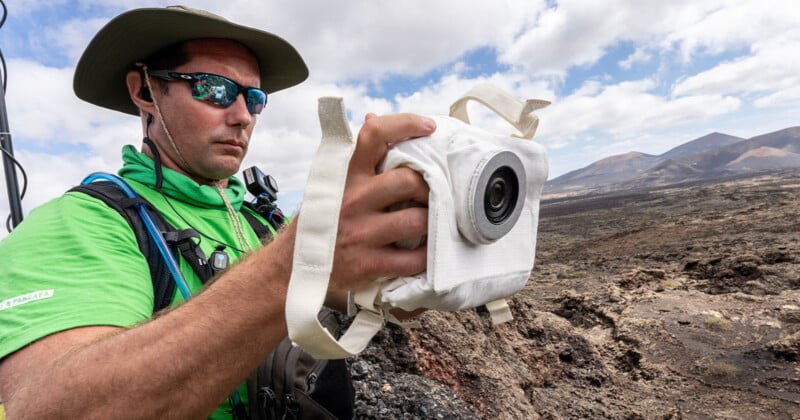
The first crewed mission to the Moon for over 50 years is planned for December 2025 and astronauts have been putting a brand new camera designed for the space expedition through its paces here on Earth.
The prototype camera is slated for use on the Artemis III mission and is made up of parts from “professional off-the-shelf cameras” and contemporary lenses but it has been modified for the extreme lunar environment.
Temperatures on the Moon range from minus 328 to 184 degrees Fahrenheit (minus 200 to 120 degrees Celsius) so a blanket has been added to the camera for thermal protection that also shields it from dust.
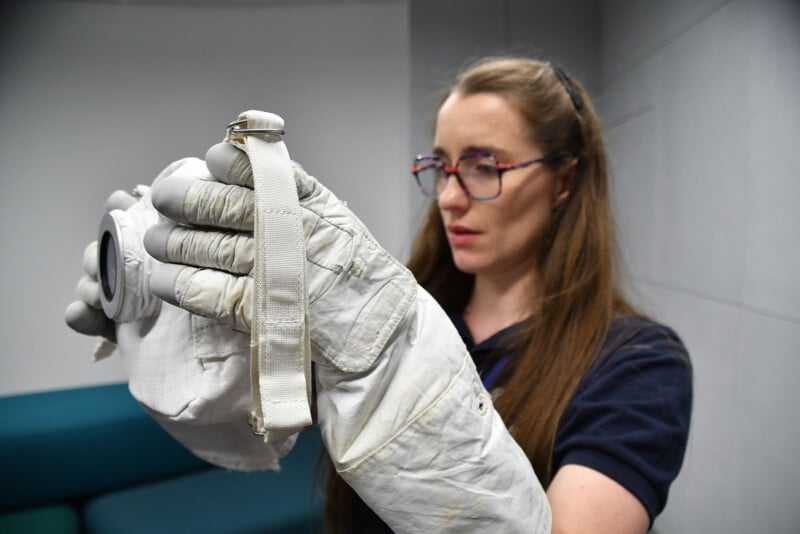
Special ergonomic buttons have been engineered so that the astronauts who will be wearing bulky gloves can still operate the device in their spacesuits.
Testing the Camera
To prepare for use on the Moon, scientists from the ESA took it to the “lunar-like” landscapes of Lanzarote, Spain, and into the darkness of volcanic caves to test the camera in low light.
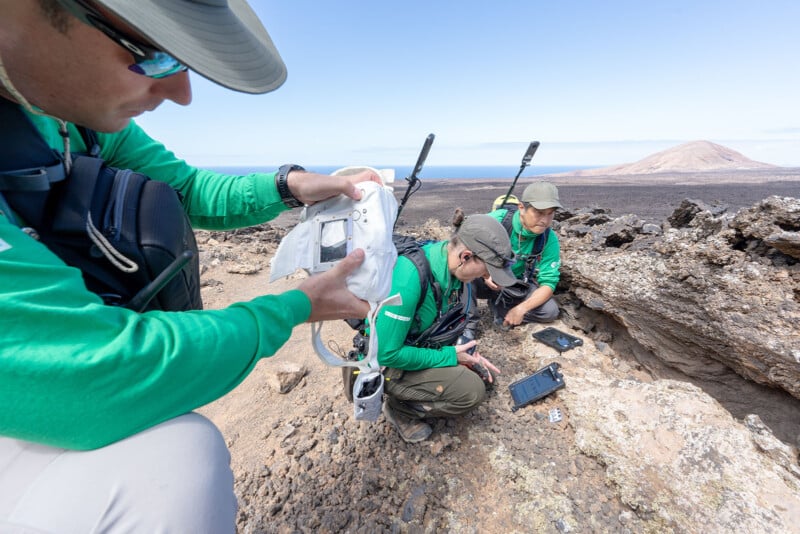
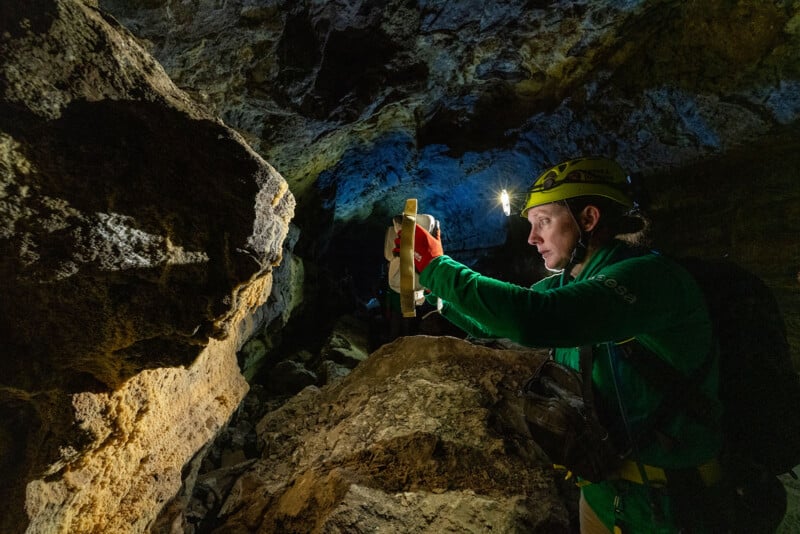
The Artemis III mission is scheduled to be the first crewed lunar landing since Apollo 17 in December 1972 and the astronauts will arrive on the Moon’s South Pole near permanently shadowed craters to look for evidence of water.
ESA astronaut and profile photographer Thomas Pesquest who has taken over 380,000 pictures in space during two missions to the International Space Station says that capturing images there will be challenging.
“Conditions for photography will be tricky in many ways: from operating the camera with the gloves on to very low light levels and big contrast between bright and dark sources,” he says.
“The engineers have done a really good job reconfiguring the buttons and arranging them in a simple yet reliable protection for the camera.”
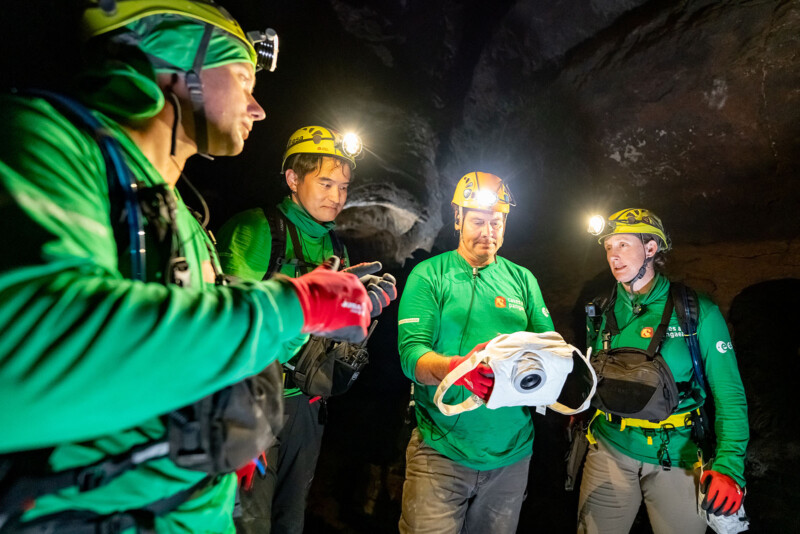
While on the Moon, astronaut photographers will take a variety of shots including close-ups of the surface, panoramic photos, and videos.
“We are trying to choose the best lenses for the Moon shots and optimize the settings in a smart way. We want astronauts to be able to take a detailed image of a crystalline structure in a rock and to capture landscapes, all with the right exposure,” explains Jeremy Myers, NASA’s lead for the HULC camera.
“The lunar camera will be one of many tools they will need to handle on the Moon, so it should be easy to use. The human factor is a big deal for us because you want the camera to be intuitive and not taxing on the crew.”
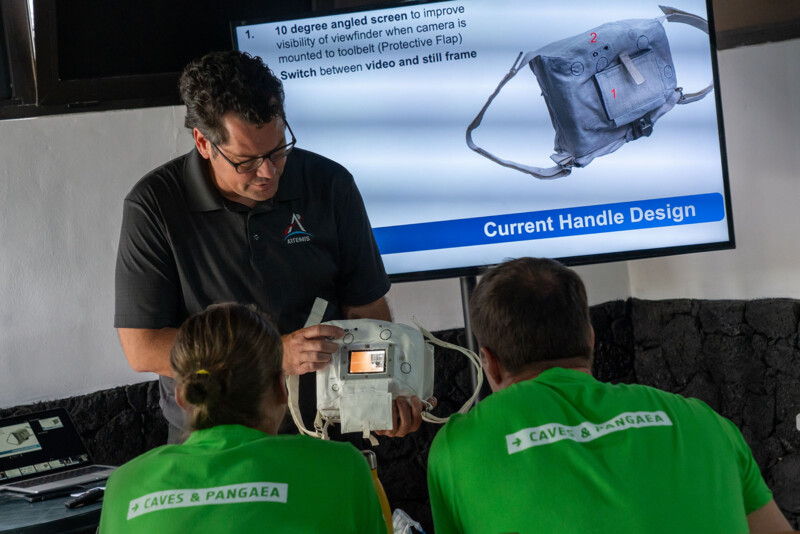
A version of the camera is scheduled to go to the International Space Station for further testing in the near future. NASA has also done extensive testing for the three major challenges of space: thermal, vacuum, and radiation effects.
“We will continue modifying the camera as we move towards the Artemis III lunar landing,” adds Myers.
“I am positive that we will end up with the best product — a camera that will capture Moon pictures for humankind, used by crews from many countries and for many years to come.”
Correction on 10/28/23: This article originally stated that the camera was developed by the ESA and NASA’s Artemis Imagery team. It was actually developed by NASA’s Artemis Imagery team and is being tested by the ESA and other agencies. We apologize for the error.
Image credits:ESA